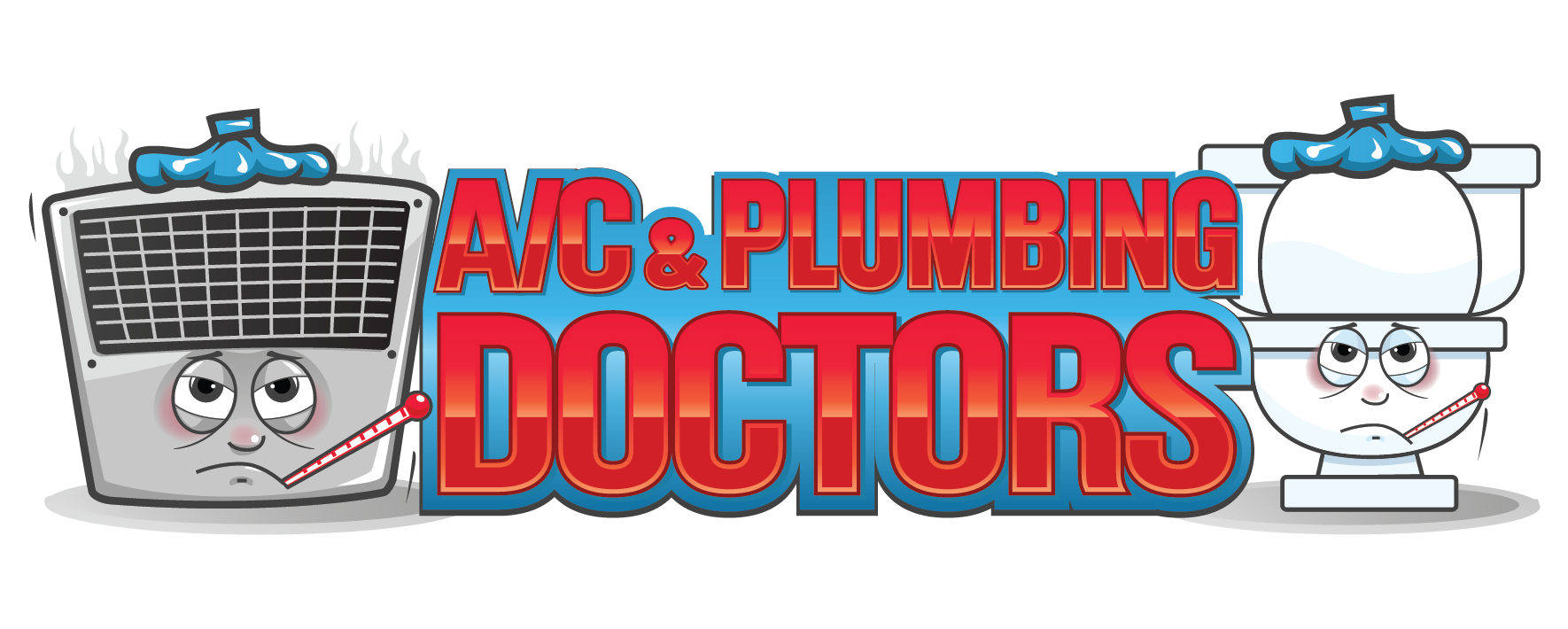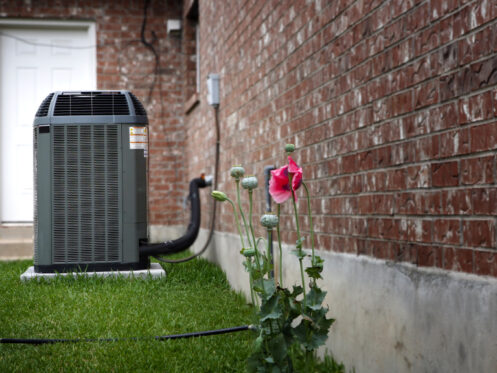If you’re shopping for a new air conditioner or want to upgrade your current one, you’ve probably heard of the SEER rating. What does it signify, though, and why is it significant? This page will thoroughly explain the SEER rating system, including its definition, calculation method, advantages, potential influences, and comparison to the SEER2 rating.
What Is a SEER Rating?
SEER is an acronym that represents the Seasonal Energy Efficiency Ratio. SEER gauges how well your air conditioner cools your house during the normal cooling season compared to the energy it uses. The higher the SEER rating, the more efficient the air conditioner is. The lower the SEER rating, the more energy it consumes.
How Is the SEER Rating Calculated?
The air conditioner’s cooling output in British thermal units (BTU) is divided by the total electricity input in watt-hours (Wh) throughout a typical cooling season to get the SEER rating. For instance, an air conditioner with a SEER rating of 10 would provide 12,000 BTU of cooling and use 1,200 Wh of power in an hour. Depending on the type and technology of the air conditioner, the SEER number might be anywhere from 14 to 25 or higher.
Advantages of a Greater SEER Rating
An air conditioner with a higher SEER rating consumes less electricity to cool your house. This obviously has various advantages for both the environment and you. Below, we’ll detail some of these advantages.
Reduces Energy Costs
You could reduce your monthly electricity costs with an HVAC unit with a higher SEER rating. The US Department of Energy estimates that you can reduce your cooling expenses by 20% to 40% by switching from a lower SEER air conditioner to a higher SEER model. This implies that you can recoup the initial cost of the air conditioner in a few years through energy savings.
Offers, Rebates and Incentives
You may also be eligible for government or utility company incentives and rebates if your SEER rating is greater. For instance, homes that install energy-efficient air conditioners with a SEER rating of 16 or above are eligible for tax credits and rebates through the Energy Star program. To learn more about the rebates and incentives offered in your area, visit the Energy Star website.
Eliminates Moisture More Effectively
Most high-efficiency HVAC systems use a variable-speed motor. These motors run continuously but often at a slow speed. It ends up using much less energy than the standard fan. Because it runs continuously, it is better able to control the indoor humidity. This also enhances interior comfort and air quality in your house. A home with high humidity levels may seem stuffier and hotter, and it can lead to mold, mildew, and other health issues.
Lowers Your Carbon Footprint
Your carbon footprint is the quantity of greenhouse gases released into the atmosphere from using resources like electricity. Many forms of electricity generation release harmful gasses into the atmosphere. By choosing a system with a high SEER rating, you can help save the environment and lessen the effects of climate change.
Precise Control of Temperature
An air conditioner with a higher SEER rating may modify its output and speed to match your home’s cooling needs. As a result, there is less noise and humidity and more constant and comfortable temperatures.
Better Warranty
An air conditioner with a higher SEER rating is often of greater quality and has a longer lifespan. This implies that the manufacturer might provide a longer and more thorough warranty. This could save you money and hassle in the event that the device needs repairs or a replacement.
Variables That May Affect an Air Conditioner’s SEER Rating
An air conditioner’s SEER rating is not fixed. It can change based on a number of variables. Here, we’ll cover some features and situations that can affect overall energy efficiency.
Design of Condenser Coils
The condenser coil releases heat from the refrigerant into the outside air. The condenser coil’s design can impact the SEER rating by affecting, facilitating or inhibiting heat transmission and airflow. This means that a larger, more efficient condenser coil can raise the SEER rating by releasing more heat and using less electricity.
Refrigerant
The refrigerant is the material that circulates within the air conditioner to absorb and release heat. By altering the system’s pressure and temperature, the kind and quantity of refrigerant can have an impact on the SEER rating. A more recent, eco-friendly refrigerant can raise the SEER rating since it allows for greater cooling with less energy consumption.
Advanced Compressor Technology
The compressor is the component of the air conditioner that circulates the refrigerant throughout the system. The compressor’s technology can also impact the SEER rating by affecting the system’s speed and power. Therefore, a more modern and sophisticated compressor, such as an inverter compressor, can raise the system’s SEER rating by enabling more accurate and variable system control and using less electricity.
Correct Installation
The efficiency and performance of the system can be impacted by the installation. If installed incorrectly, your system might not reach its peak efficiency. A professional installation like you get from A/C Doctors can raise the SEER rating by guaranteeing that the air conditioner is the right size for your house, the ductwork is sealed and insulated, the airflow is balanced and optimized, and the system is tested and calibrated.
Fan Motors
Fan motors are the components of the air conditioner that move air through the system and around the house. The type and quality of the fan motors can have an impact on the SEER rating. As mentioned, a variable-speed motor uses less energy than a traditional blower motor.
Comparing SEER With SEER2
There are two distinct methods for calculating an air conditioner’s energy efficiency: SEER and SEER2. SEER2 is the most recent and accurate method while SEER is the earlier and more widely used method.
When calculating the SEER rating, the air conditioner operates at full capacity all the time. SEER2 takes into consideration that the air conditioner’s ability to run at varying capacities is based on the outside temperature and cooling demand.
Due to this discrepancy, SEER2 is considered a better indicator of an air conditioner’s true energy efficiency in practical application.
Consider the SEER Rating in Your Next AC System
The SEER rating is crucial when installing or replacing your air conditioner. Choosing a system with a high SEER rating can lessen your environmental impact, save money and energy, and enhance indoor comfort and air quality.
If you are considering investing in a new air conditioning system, please call us at (company_name). We are a reputable business with years of expertise providing plumbing, HVAC, and heating services in Gilbert, AZ and throughout Maricopa County. We can assist you in determining your cooling requirements, recommending the ideal air conditioner for your house, and providing expert, reasonably priced installation. Our other services include leak detection, installing garbage disposals, water heaters, and water treatment systems, drain cleaning, and more.
Don’t let the heat depress you. Give us a call today, and we’ll assist you in having a cool, comfortable house with a high SEER air conditioner installation. Turn to us for ductless systems too!




